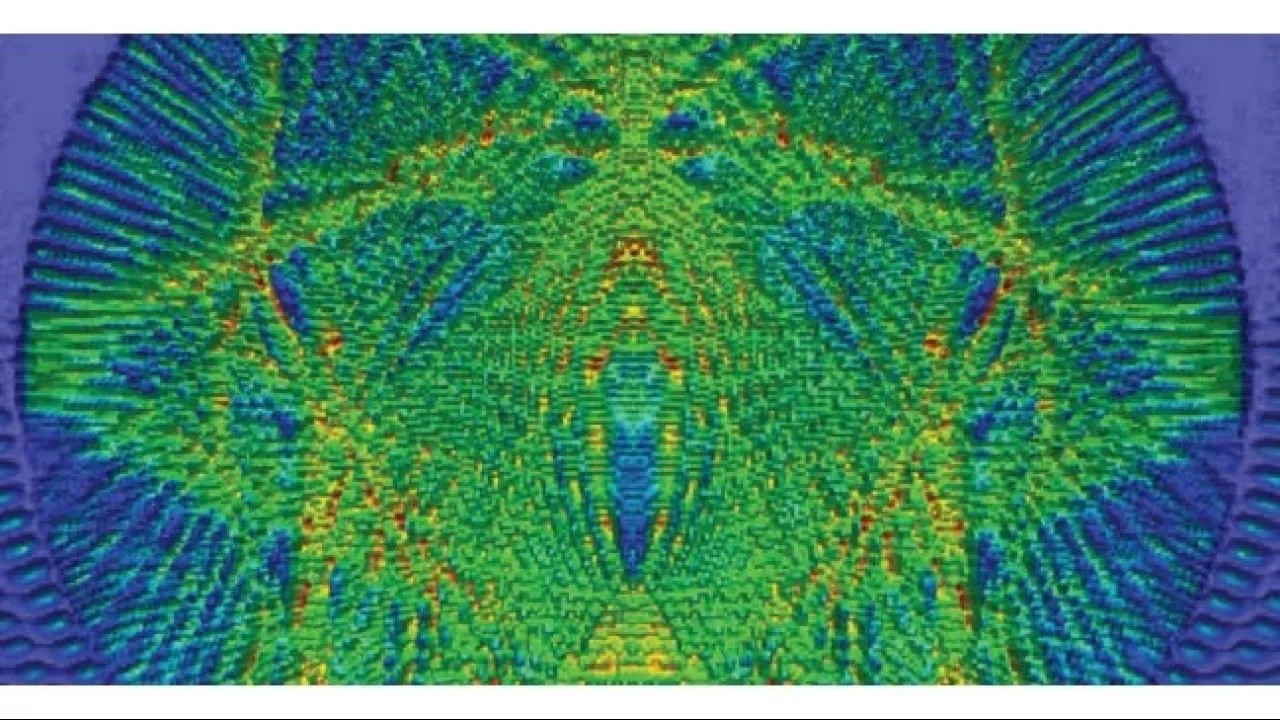
Lights up for chaotic storage
Chaotic optical resonators can trap more light energy than their orderly counterparts.
About
Chaos tends to be something best avoided but now KAUST and an international team show that for certain devices such as optical resonators, chaos trumps order to increase their energy storage capacity compared to their classical counterparts.
Andrea Fratalocchi, assistant professor of electrical engineering at KAUST, explains that a system is described as chaotic if it is highly sensitive to its inceptive conditions. In such systems, a tiny tweak in initial conditions can lead to seismic differences in the final outcome.
"Chaos is often seen as detrimental and we typically spend a lot of effort trying to minimize it in man-made devices,” says Fratalocchi. “However, if properly understood, chaos can underpin novel energy and imaging applications."
Fratalocci’s team applied chaos theory to optical resonators — a major component of lasers — which are highly optimized devices that use an arrangement of mirrors for trapping light energy. However, this light energy is limited to narrow frequency bands: for example the widely used ‘L3’ photonic crystal, a two-dimensional optical resonator, can efficiently store certain wavelengths of light but not others. For this reason, conventional optical resonators have struggled with limited applications for the storage of light energy from broadband sources, such as sunlight.
Read the full article
